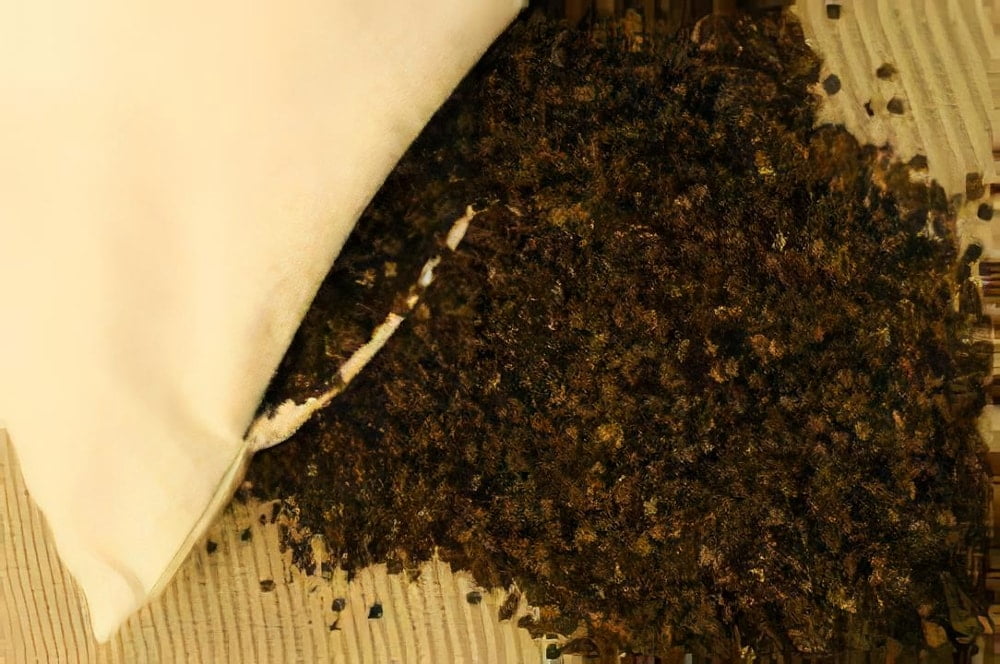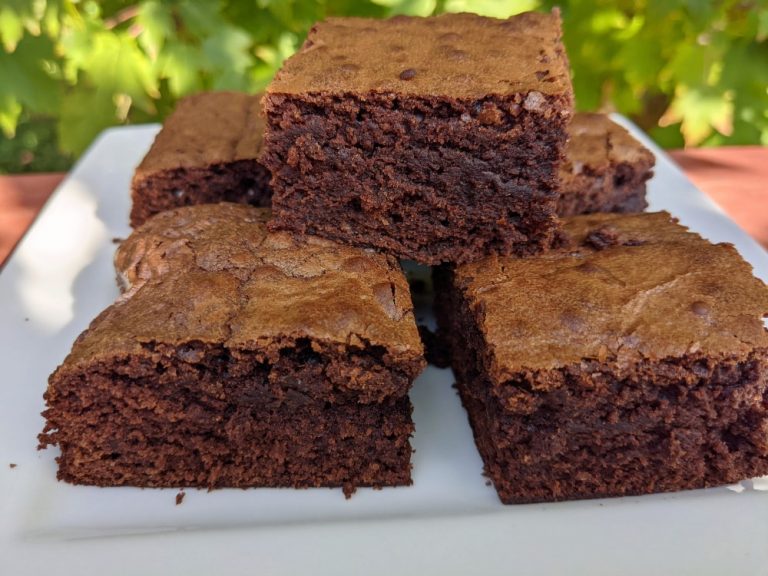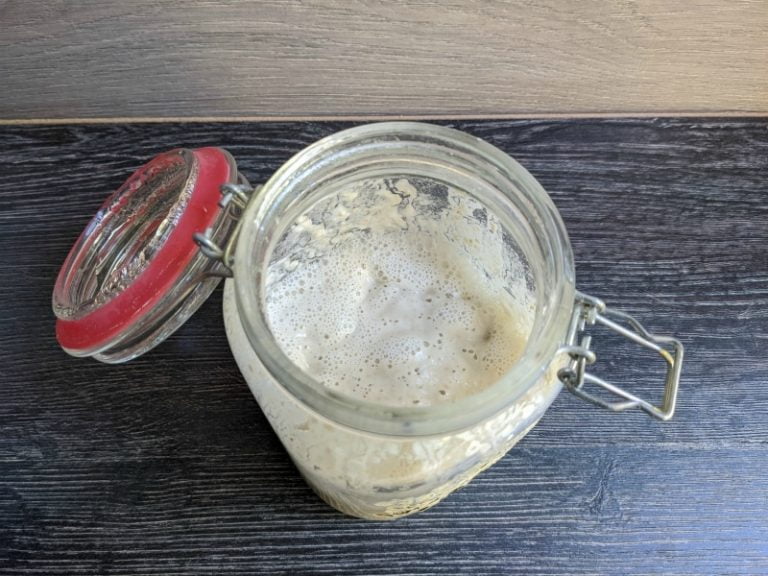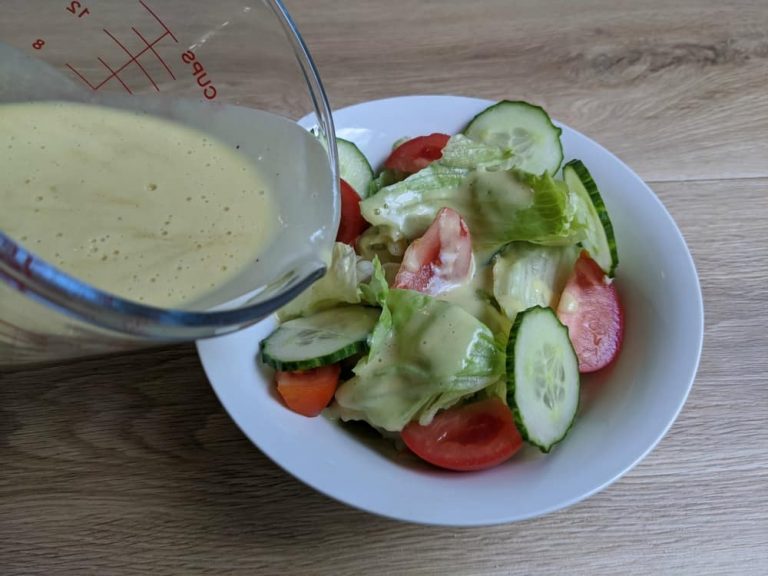Everything You Need To Know About Buckwheat Pillows
You may have already read about the wonders of buckwheat honey, but did you know that buckwheat can also be used to make pillows?
The practice of using buckwheat hulls in pillows dates back over 1,000 years to Asia and even earlier in Ancient Egypt.
Why Use A Buckwheat Pillow?
Buckwheat hull pillows have several advantages over synthetic foam and feather pillows.
- They help reduce nighttime allergies,
- prevent overheating,
- provide better support and
- improve sleep quality over traditional pillows.
Buckwheat hulls are hypoallergenic so they’re perfect for people who suffer from allergies. If kept dry, your buckwheat pillow will not provide a suitable habitat for mold or insects which are commonly found in regular pillows. In addition, they are very durable and do not conduct or reflect heat as much as synthetic upholstery fills so they’ll keep you cooler at night and prevent overheating.
While they are an excellent substitute to feather filled pillows for people with allergies, a very small percentage of the population will have an allergic reaction when exposed to buckwheat flour; these people may have problems with buckwheat pillows and should avoid using them. So, make sure you know if you’re allergic to buckwheat before investing in a buckwheat pillow.
Buckwheat hull pillows are terrific for temperature regulation - they are cool in the summer and warm in the winter. Loose buckwheat hulls are used in the pillows and these shift to conform to your shape, this helps them to provide exceptional support to side, stomach and back sleepers.
What To Look For When Choosing A Buckwheat Pillow
It is important to check the labels and packaging when purchasing buckwheat hull pillows. There are several companies marketing “Sobakawa Pillows” that contain no "sobakawa" (buckwheat hulls) but instead are filled with tiny microbeads. So make sure you’re buying from a reputable brand and that buckwheat hulls have actually been used to fill the pillow.
Also watch out for buckwheat hull pillows made with uncleaned and unprocessed hulls - these contain high levels of allergens that may trigger an asthma attack in those who are at risk.
Crooked Brook Buckwheat Hull Pillows
Crooked Brook Buckwheat Hull Pillows are made with the following and are available in the following sizes and fabrics:
(Scroll Sideways If On Phone Or Tablet)
Size | Dimensions | Approximate Weight | ||
|---|---|---|---|---|
King Size Buckwheat Hull Pillow | 20" x 36" | 11 - 13 lbs | $50.00 | $54.00 |
Queen Size Buckwheat Hull Pillow | 20" x 30" | 9 - 11 lbs | $45.00 | $49.00 |
Twin/Standard Size Buckwheat Pillow | 20" x 26" | 8 - 10 lbs | $40.00 | $44.00 |
Small Size Buckwheat Hull Pillow | 14" x 20" | 4 - 5 lbs | $25.00 | $29.00 |
Although Crooked Brook makes standard size buckwheat hull pillows, they also make them from an individual pattern according to customers measurements, style and fabric specifications. For more information contact them at: info@crookedbrook.com
Alternatively, you can buy buckwheat hull pillows here:
What Is Buckwheat?
Buckwheat is not a type of wheat at all - it is actually a flowering plant from the family Polygonaceae and a relative of rhubarb. Buckwheat was domesticated around 6000 BC and was one of the first crops introduced to North America by European settlers. It was an important crop in the U.S. until the demand declined in the 1960's. Today, it is primarily grown in Northern states such as New York.
Buckwheat is grown commercially for many reasons - it is ideal for short growing seasons in areas with low soil fertility and it is popular as a cover crop because it grows quickly and thickly which prevents weed growth.
Buckwheat is also valuable as honey bee forage resulting in buckwheat honey, a popular monofloral honey with a deep, dark brown color, strong, pungent, molasses like earthy flavor that is high in mineral content and antioxidant compounds.
Buckwheat seeds are harvested and used to make food products such as groats (kasha), livestock and poultry feed or turned into flour which is used as an alternative to wheat flour.
The seeds of buckwheat do not contain gluten so they are often used as a substitute for people with celiac disease or any other form of gluten intolerance. “Soba” is the Japanese word for buckwheat - Japanese soba noodles are made from buckwheat flour.
The final use for buckwheat involves the hulls, or seed casings that are cleaned, usually by roasting and used as stuffing for pillows and zafu (meditation cushions). You may have heard of buckwheat pillows being referred to as “Sobakawa pillows”, this is because the Japanese word for buckwheat hulls is "sobakawa" (also called sobagara) hence the name “Sobakawa Pillows”.
Zafu Meditation Cushions
A zafu (座蒲 in Japanese or 蒲 in Chinese) is a small, round cushion that is used for meditation, it is sometimes referred to as a zafu meditation pillow. Sometimes they are offered for sale with a zabuton. A traditional zafu is round, like a flattened sphere but crescent shaped zafu pillows are also available. Zafu pillows originated in Japan and were also widely used in China.
Traditional zafu pillows were filled with “kapok” - the fiber from the seed pod of the kapok tree. Kapok is harvested for use as stuffing in Asia, Malaysia, South America, the Philippines and on Hainan Island in China. It is popular for its strength, water resistance and lightness.
Today buckwheat hulls have replaced kapok in the manufacture of most zafu pillows. Both Kapok and Buckwheat provide a firm and comfortable surface to rest on making them perfect for meditation.
Modern zafus have zippered seams which allow buckwheat hulls or kapok to be added or removed as needed to change the height and firmness of the pillow to make the user comfortable. Zafu covers are usually made from cotton or silk and usually have a fabric handle. Most covers are removable by zipper to allow for machine washing.
Zafu are used during meditation to help the body hold specific positions. The pillow is placed below the hips to elevate the hips and increase the range of motion.
This makes kneeling positions more comfortable and stable. They are often used with a zabuton, which is a large flat pillow. The zabuton is positioned on the floor as a base for the person meditating. A zafu is then positioned on top of the zabuton. The zabuton cushion provides comfort and support to the knees, lower legs and ankles while meditating.
For more information about Zafu or Meditation Cushions made from an individual pattern according to a customer’s measurements, style and fabric specifications, contact the good people at Crooked Brook at: info@crookedbrook.com
From buckwheat pillows to traditional buckwheat filled zafus, is there anything buckwheat can’t do? It seems to be such a useful crop with a use for every part of the plant, not to mention its role in supplying the bees with everything they need to provide us with buckwheat honey.
If you’re in the market for a new pillow, especially if you typically suffer from allergies, maybe it’s time to try out a buckwheat pillow.









